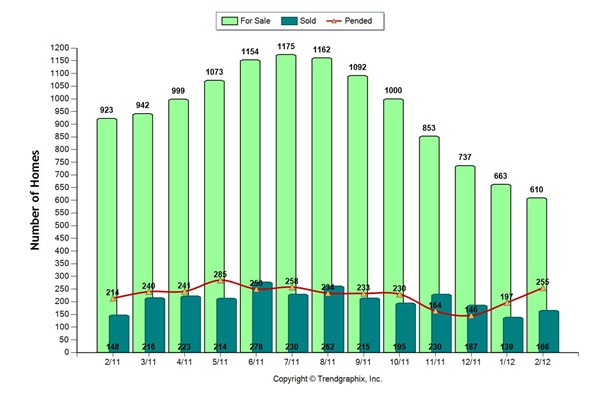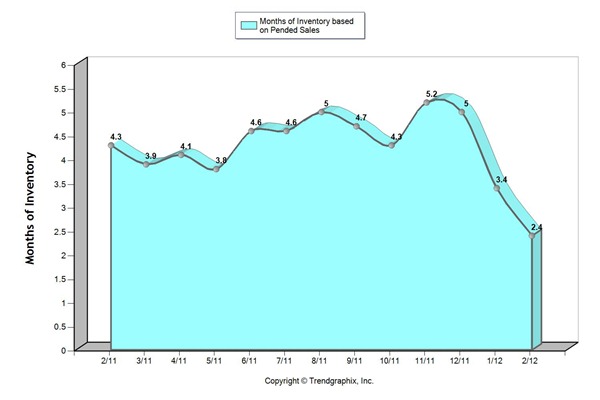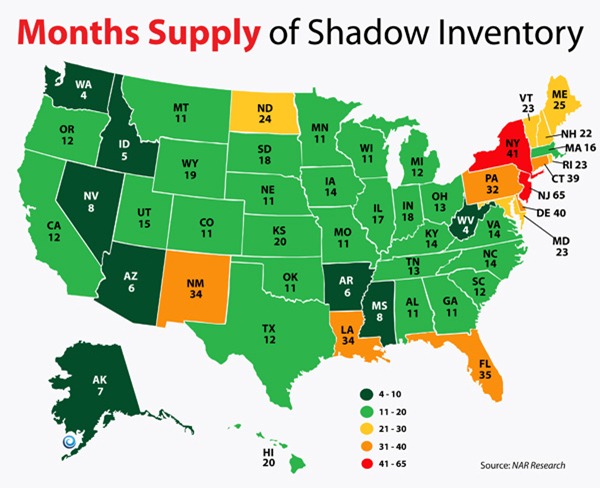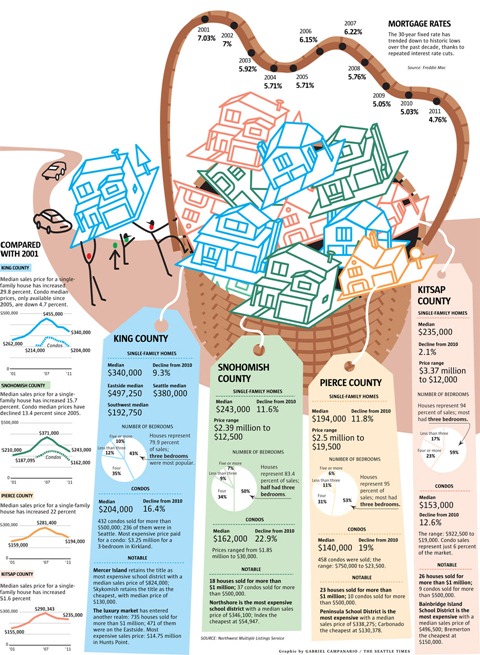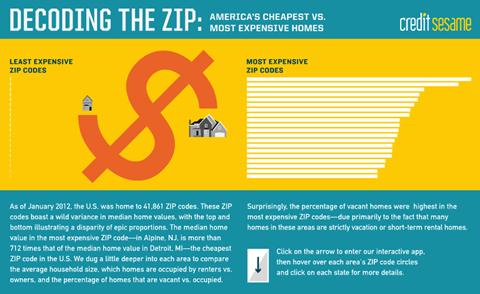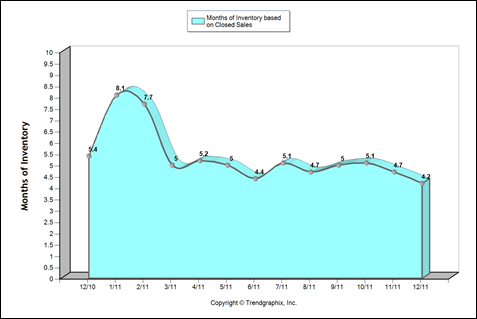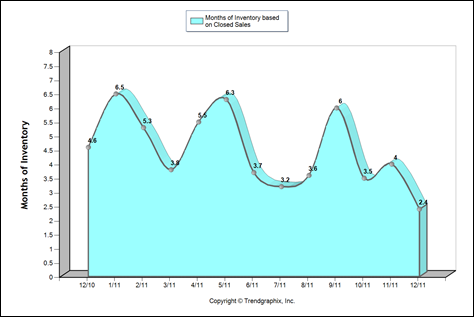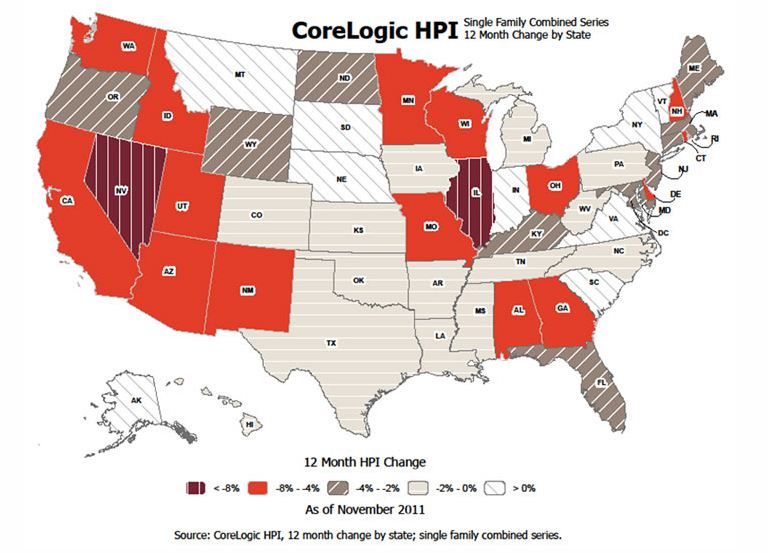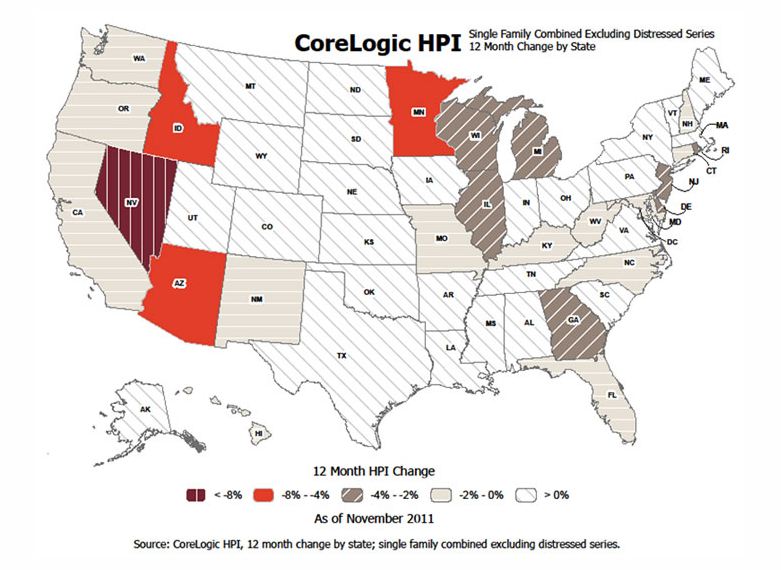 I remember August 7th, 2007 like it was yesterday. That day, sub-prime loans disappeared. Though the market could not sustain the frenzy that had made many people nuts with unrealistic ideas about housing, the loss of those loans and the buyers that they represented, had a trickle up effect that we are still feeling in many parts of the market 5 years later.
I remember August 7th, 2007 like it was yesterday. That day, sub-prime loans disappeared. Though the market could not sustain the frenzy that had made many people nuts with unrealistic ideas about housing, the loss of those loans and the buyers that they represented, had a trickle up effect that we are still feeling in many parts of the market 5 years later.
Since it has been such a challenging time for the economy, we all are looking for the light at the end of the tunnel. I look for it too. My mother has an expression; “8, or 80” (spoken in Portuguese), her version of “all or nothing”. We have health in many parts of our market. However, I am not prepared to say we’ve turned a corner. There are neighborhoods where the sellers are in control for sure. There are sectors where inventory is low. That being said, what is going on in the market? is it a “Buyer’s Market” or a “Seller’s Market”?
A year ago, on the Eastside, in the affordable price range ($350,000 – $600,000), there were 923 properties for sale and 214 homes with pending contracts. A year later and we have 610 homes available and 256 with pending contracts. The balance of power seems to have shifted.
In that same price range on the Eastside, the market seems to favor the seller, not the buyer. As expressed in the graph below, if sales continue at this pace (with no other homes coming on the market), there will not be any homes left for sale in 2.4 months. Of course that’s not how it happens, this is a way to express the inventory levels.
What does this mean for you today? There is a very active real estate market on the Eastside. If you or someone you know is considering buying or selling, this is a substantially different market that what we saw in the fall. Being prepared with a strategy that takes into account the current information, is important in being successful in purchasing or selling right now.
Let me know how I can help: Emmanuel@EmmanuelFonte.com or 206-713-3244
